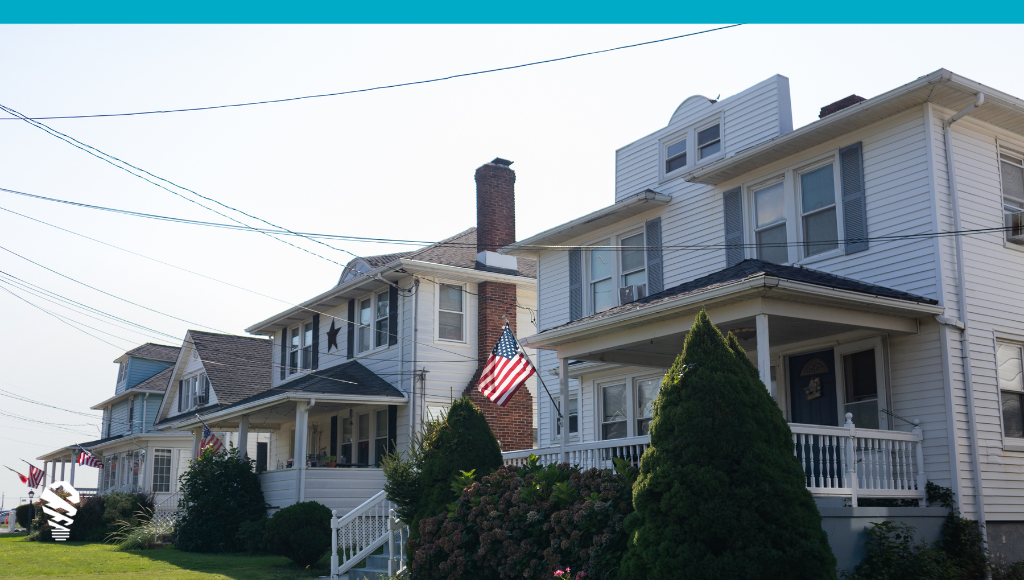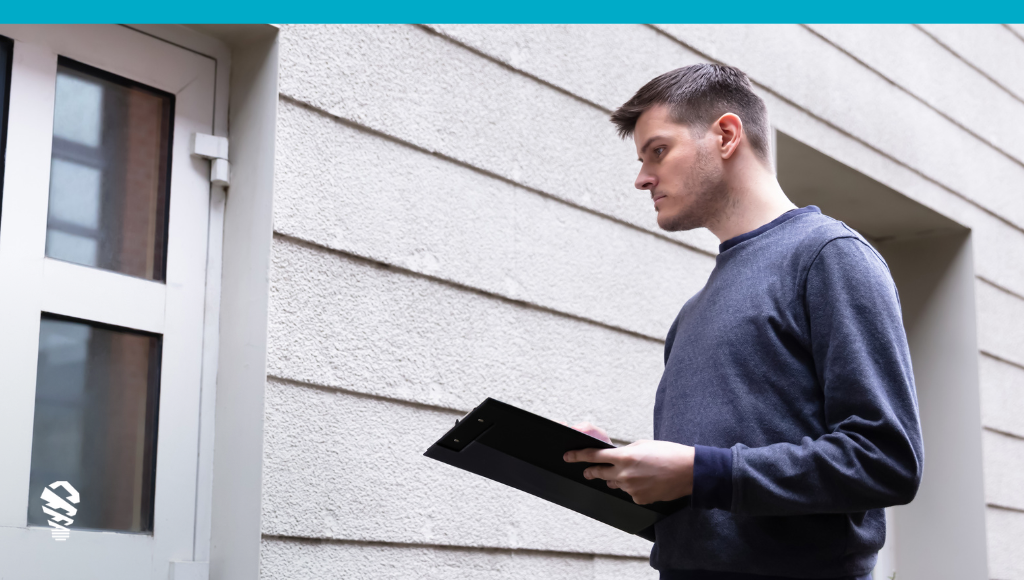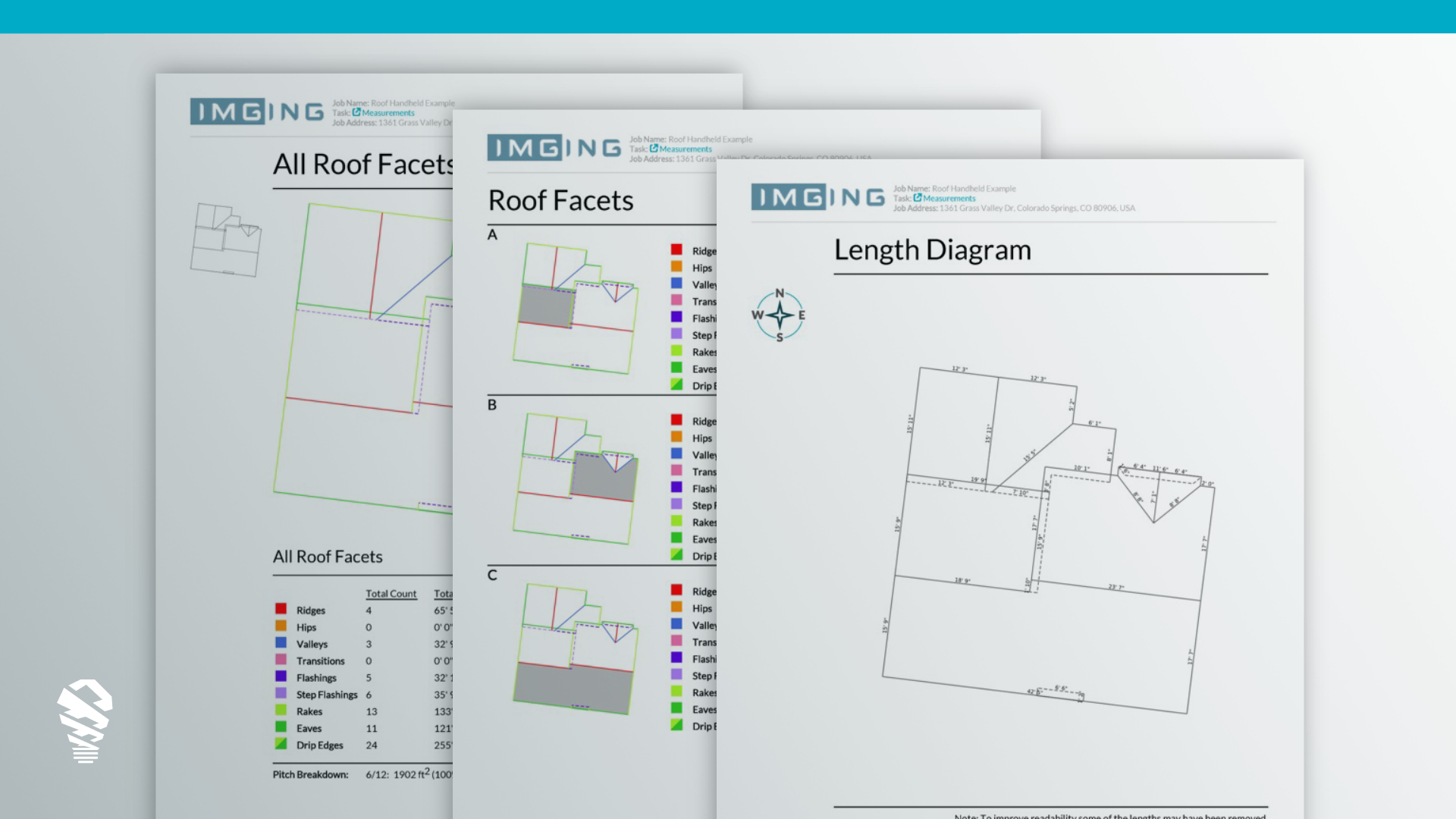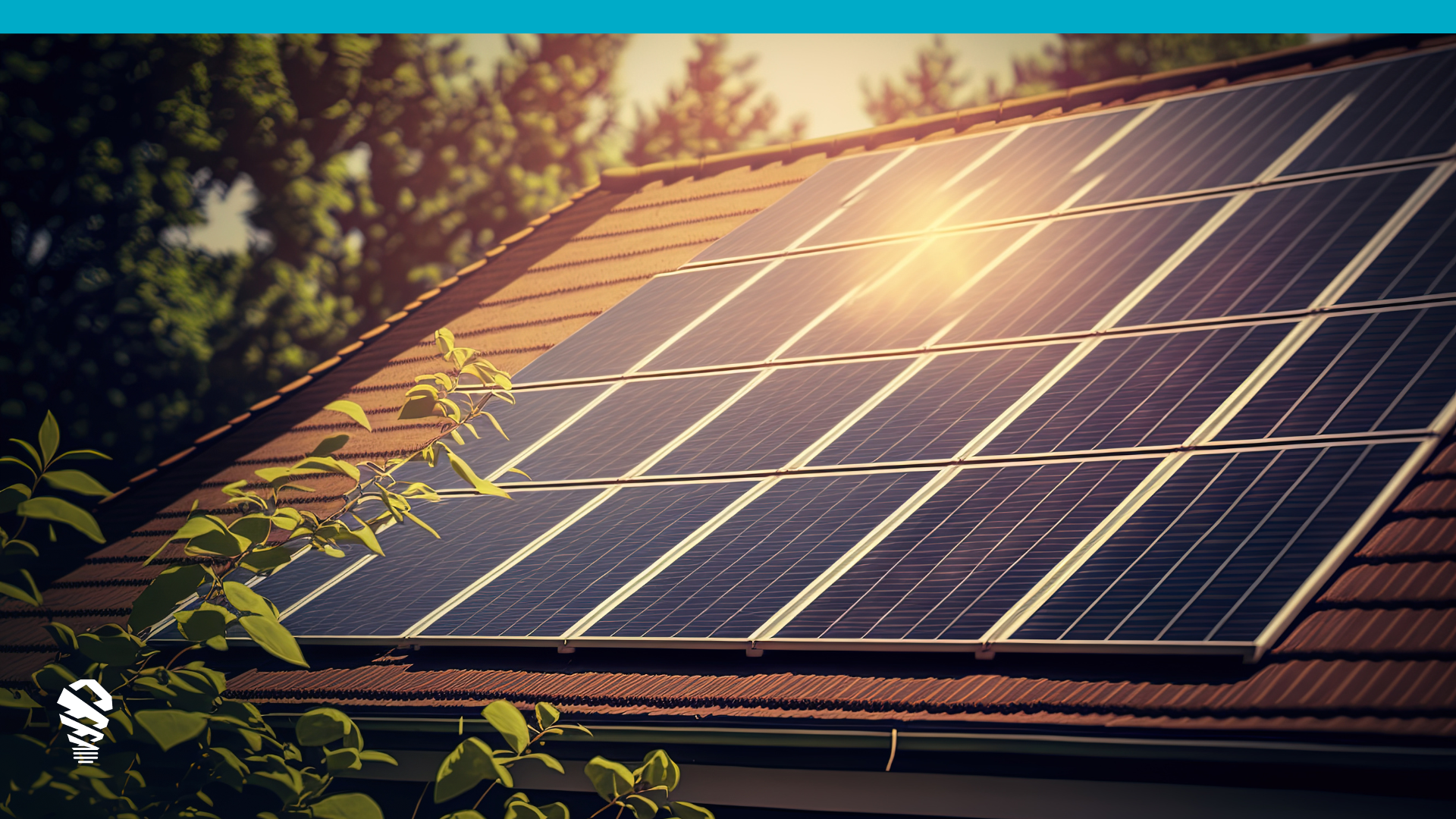Drones made headlines at major news outlets when Amazon announced that they were testing drone technology for package delivery. This was big news to the public because most people were under the impression that drones were only used as a toy by hobbyists and for military operations. Some became excited about the possibility of drones entering the commercial space, and others were skeptical. Fast forward to today and drone delivery hasn’t quite taken off widely, but the biggest value drones bring to industry is in the form of roof inspections.
Drone roof inspections have improved quickly over the years and are now better than ever. Let’s see why.
Better Cameras
For a long time, roof inspectors needed to climb up on a roof and manually take pictures with a digital camera. After drones came into play, the inspector could gather imagery from the drone using a built-in camera. Now, drones have cameras that gather amazingly high-resolution imagery. Some drones have cameras capable of clearly showing hail strikes, cracks, missing shingles, and everything an inspector needs to see to evaluate.
Apps for Flight and Data Analysis
Today a quality drone solution has an app or software with features designed to simplify roof inspections. These features allow them to map their flight, understand what airspace they’re about to fly in (which is important for following Part 107 guidelines), generate reports, create models, collect measurements and more. Regardless of the industry, apps and software create a better workflow that cuts time and costs from start to finish.
Automated Flight
Drones evolved from a balloon without a camera into a device similar to remote-controlled helicopter toys. From that point, they soon became high tech machines capable of flying themselves. Automated flight is a giant step forward for drones. In many cases, the same software used for flight mapping and report generation is the same software that makes automated flight possible. Now a pilot doesn’t necessarily need to be a drone flying savant, because drones can now follow the flight plan set up in an app.
Drastically Improved Inspection Times
It’s no secret that drones cut down the time spent on a property inspection. Through the power of innovation, the process of a drone roof inspection continues to improve. Vendors would often advertise that they could perform an inspection in under 30 minutes. Now, there are companies that can perform inspections in as little as 5 minutes and even inspect large structures in as little as 15 minutes. This is due in large part to improved flight planning designed to optimize speed and accuracy, along with automated flight that quickly gathers imagery as it follows the plan.
A.I. and Deep Learning Advancements
As stated previously, inspection drones started out as flying cameras. Now, the best drone solutions are using A.I. (artificial intelligence) and deep learning technology to analyze the data and power decision making. A.I. is useful for several reasons. A.I. can detect things the human eye can’t, and even automatically identify various types of damage (such as hail hits). A.I. tools are also used to collect measurements and dimensions to create 3D models.
More Industries
Tons of new and exciting features are being integrated into drone technology. These advancements are opening doors for drones to fly into new industries. Today you can see drones make appearances in law enforcement, agriculture, entertainment, and with more industries implementing the technology nearly every day. Insurance, roofing, solar and several other industries are discovering the benefits of making their inspection processes more efficient.
Conclusion
It’s easier than ever for commercial professionals and hobbyists to obtain drone technology. What started as a flying camera has become a powerful tool for roof inspections. The last 5 years were filled with innovation allowing drone inspections to evolve and bring better imagery, app integration, faster inspection times, and A.I.-powered decision making. The list of use cases for drone technology is ever increasing and it’s exciting to think about what the next 5 years of innovation will bring.
Curious where drone tech might fit for your industry? Take a look at IMGING.








